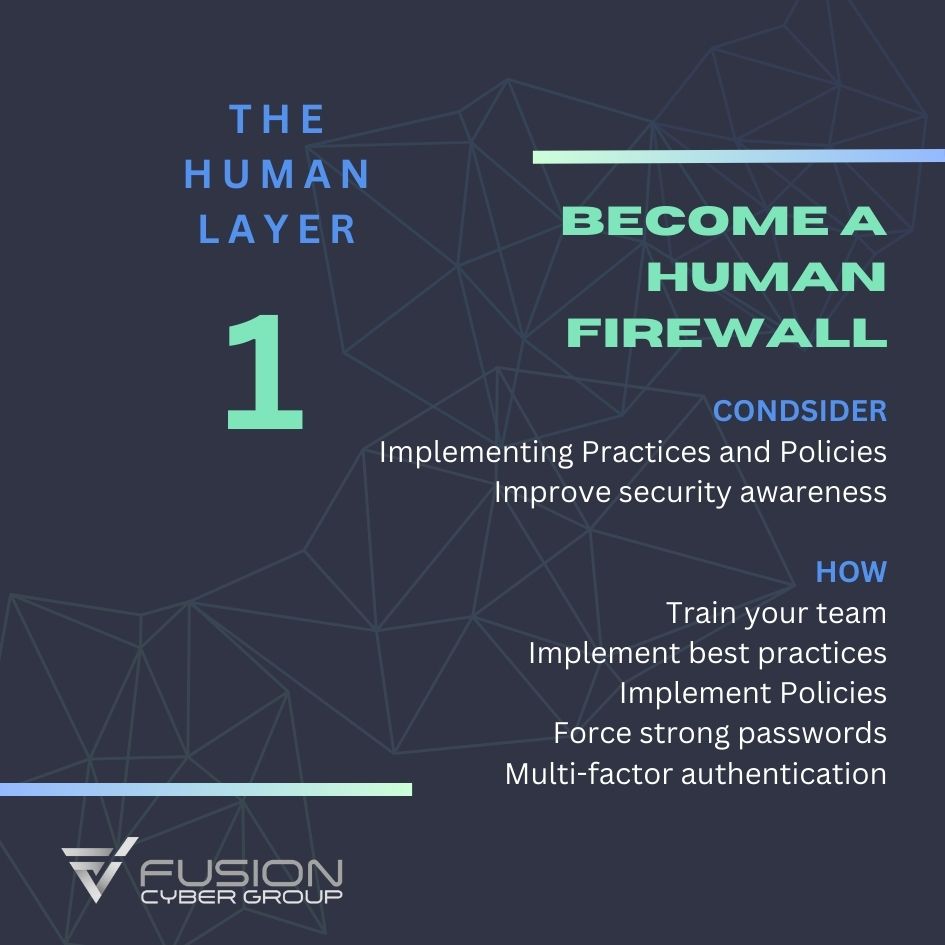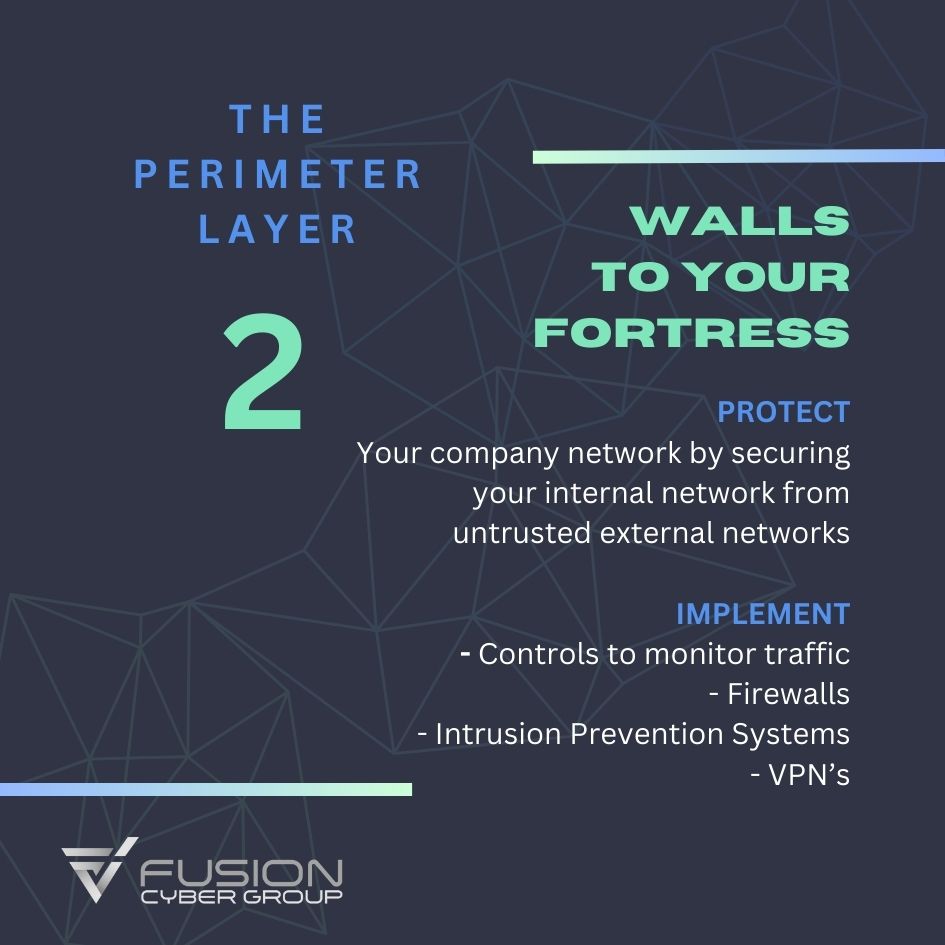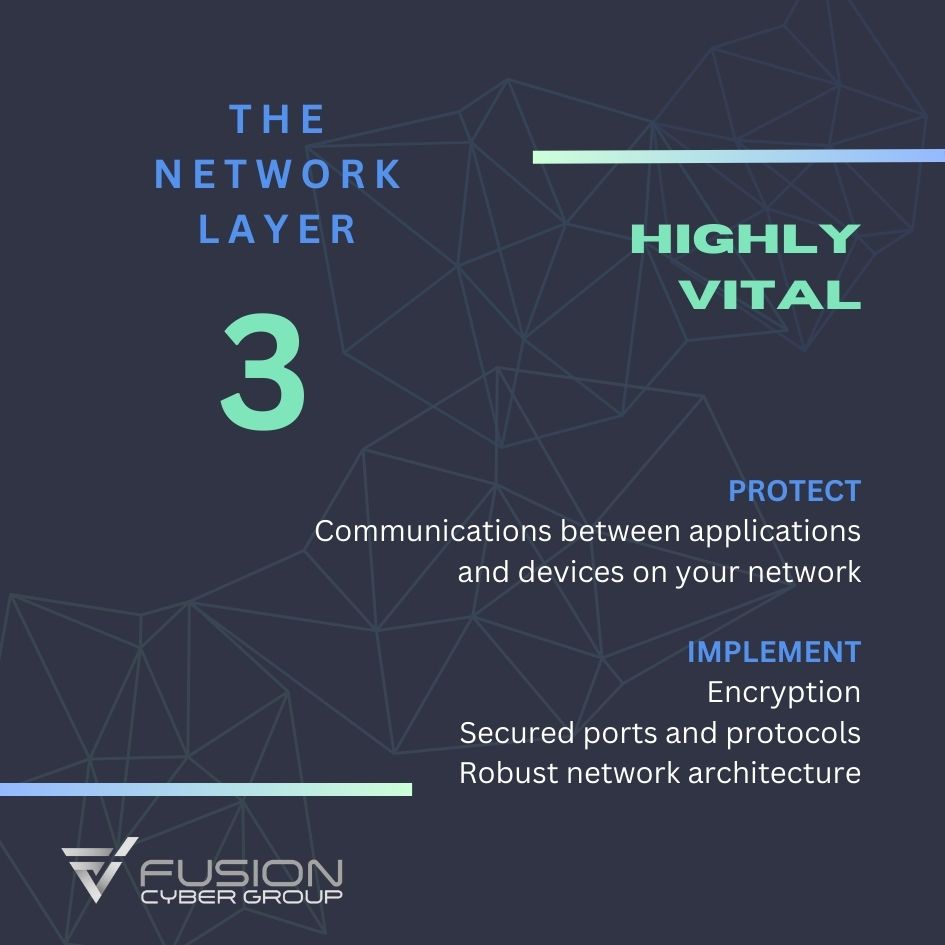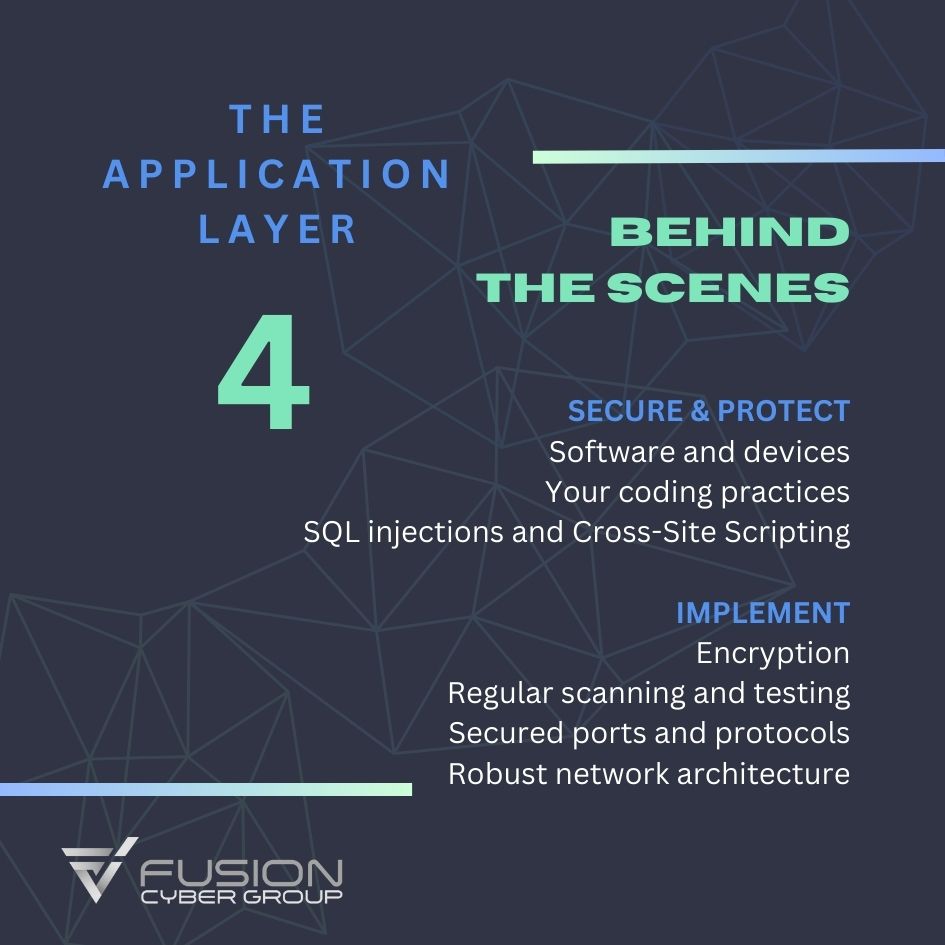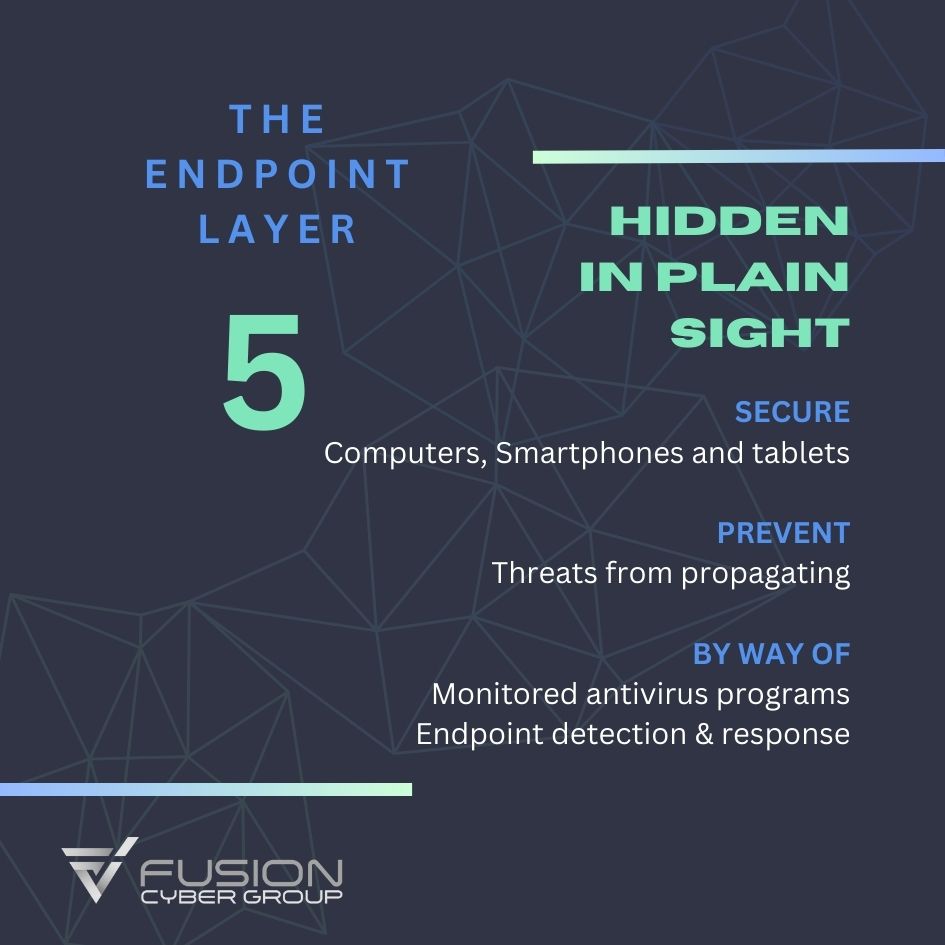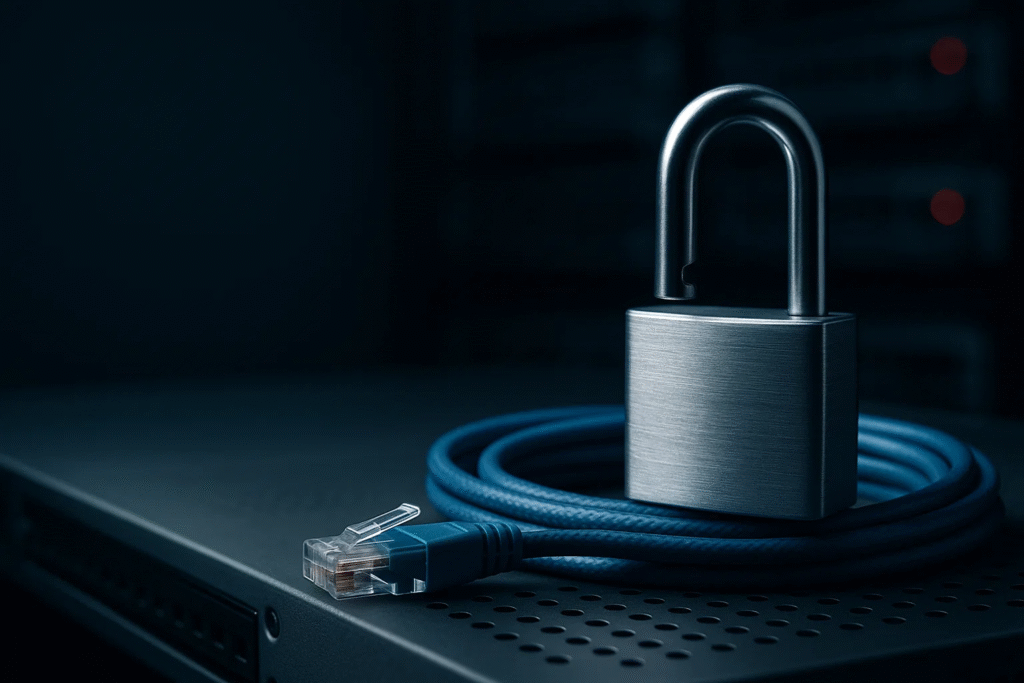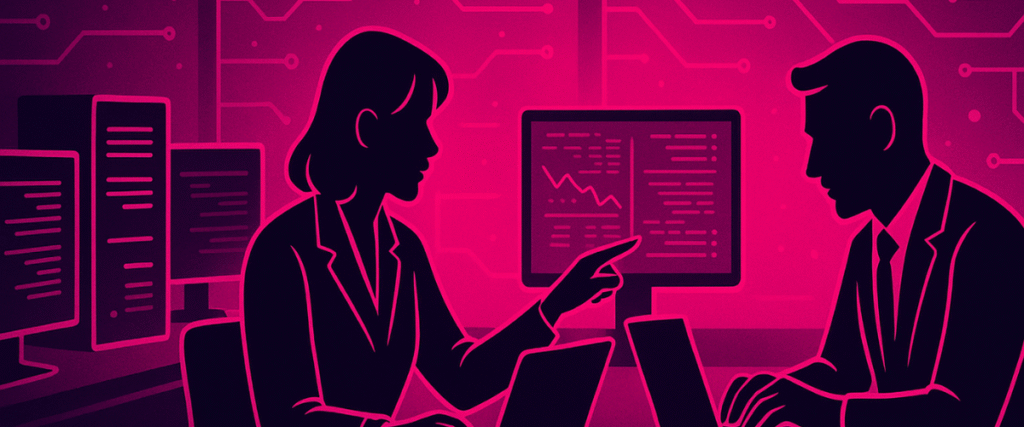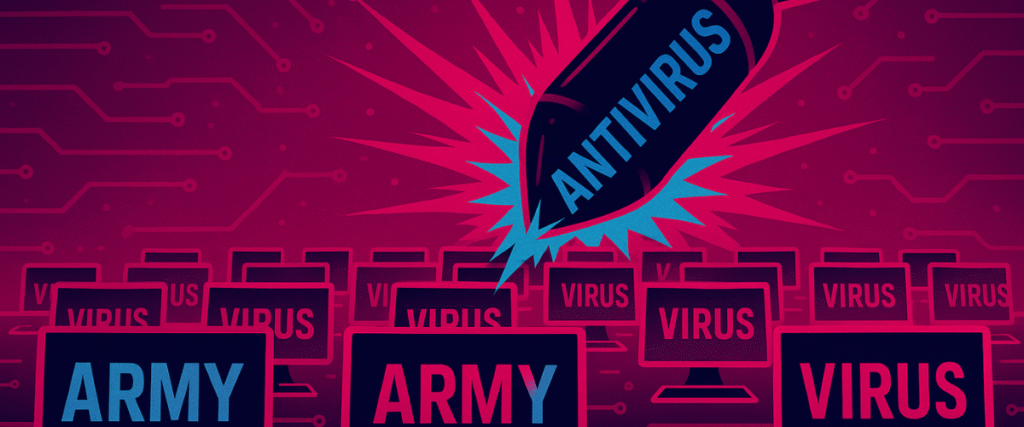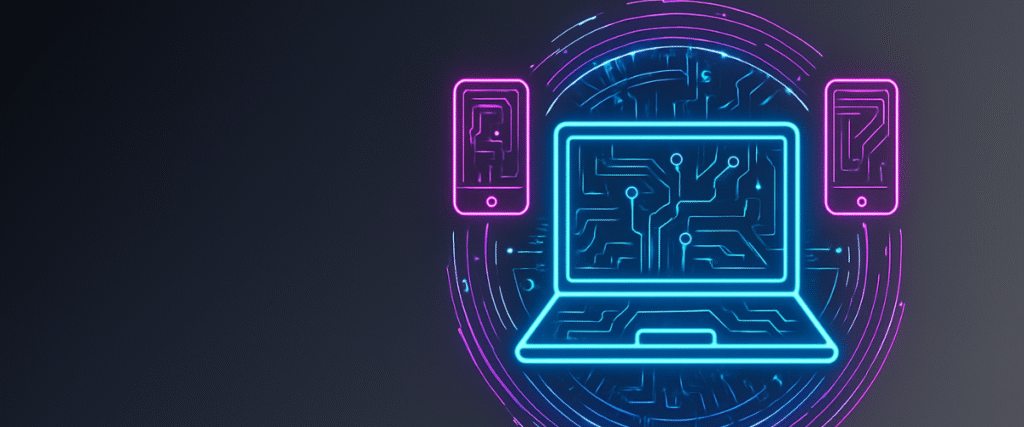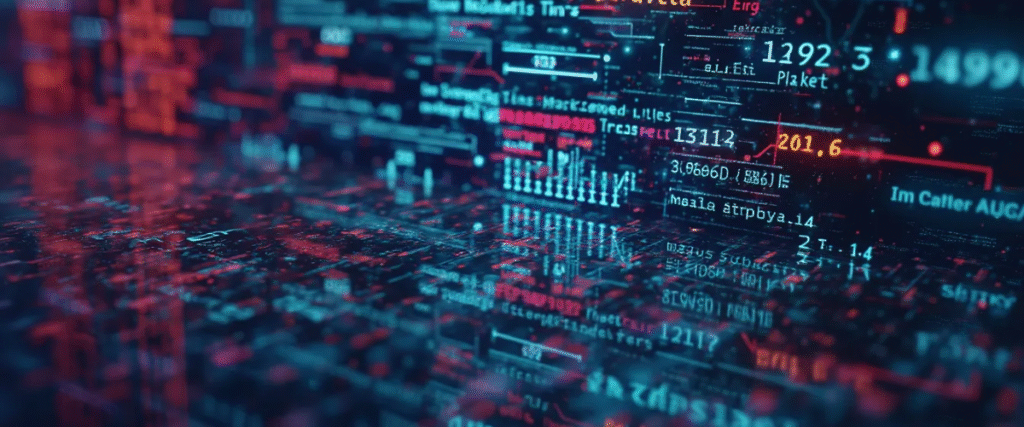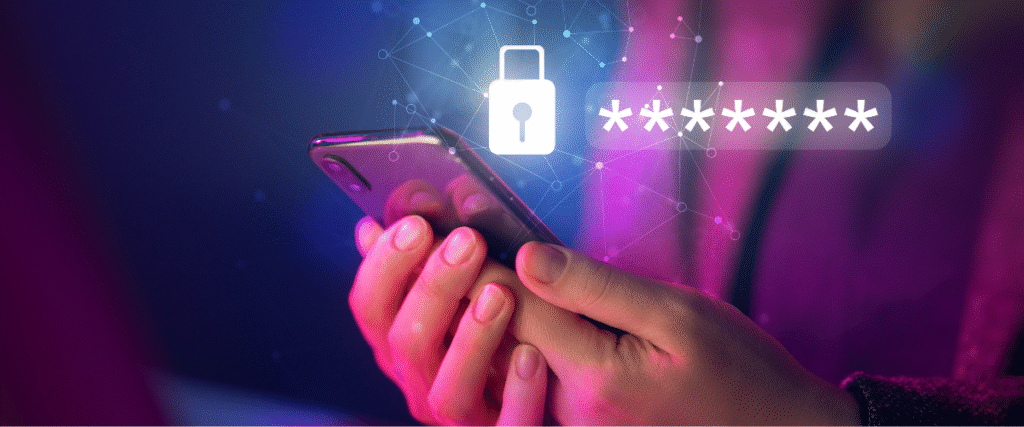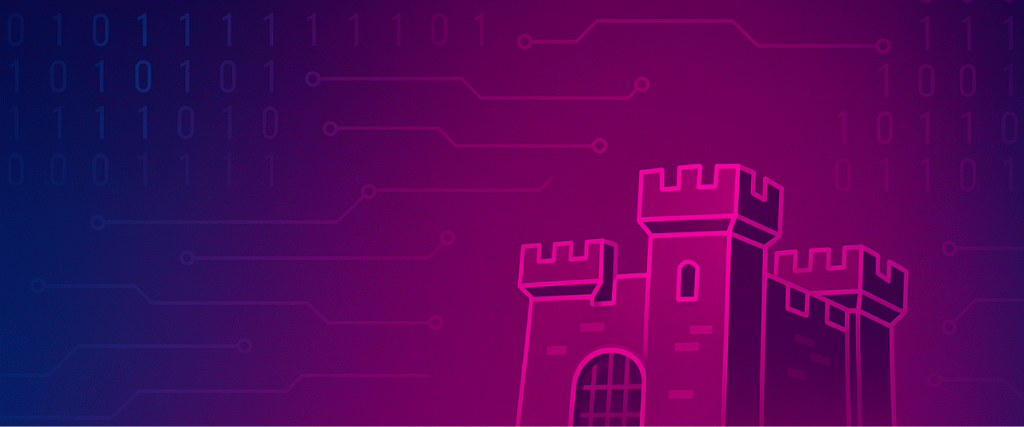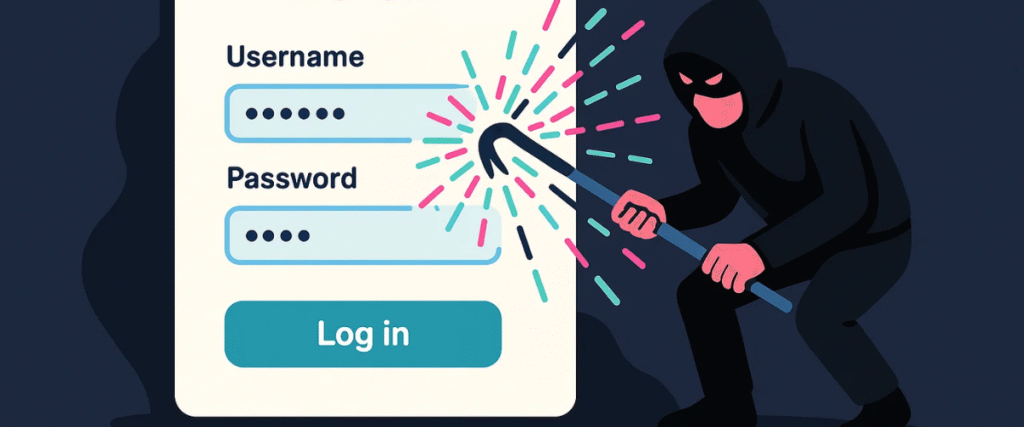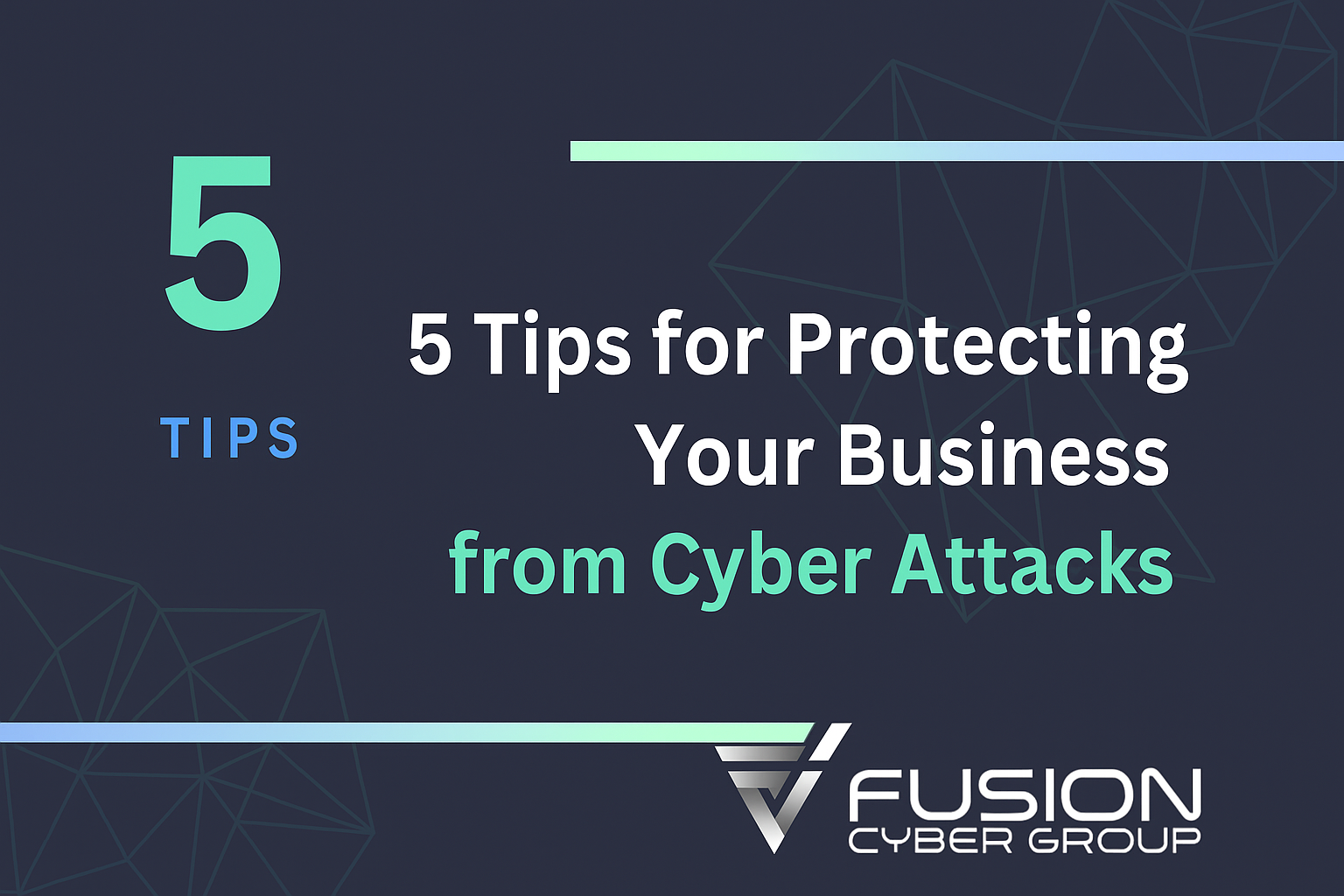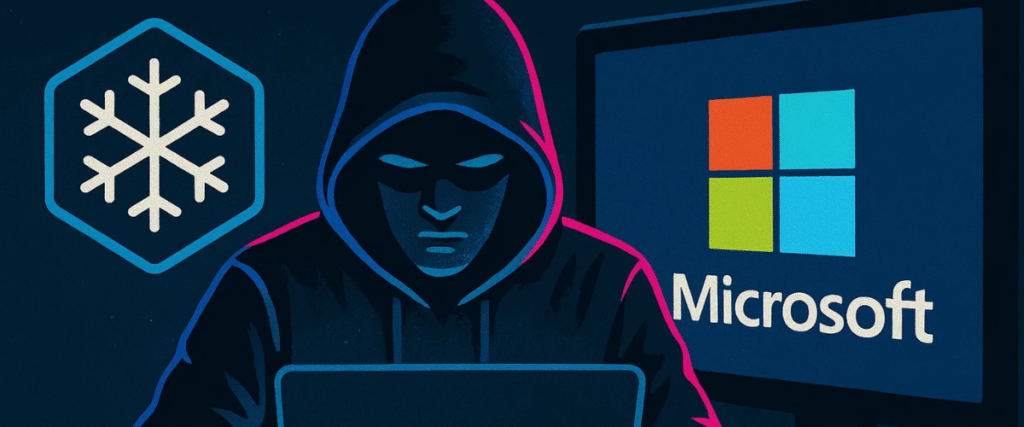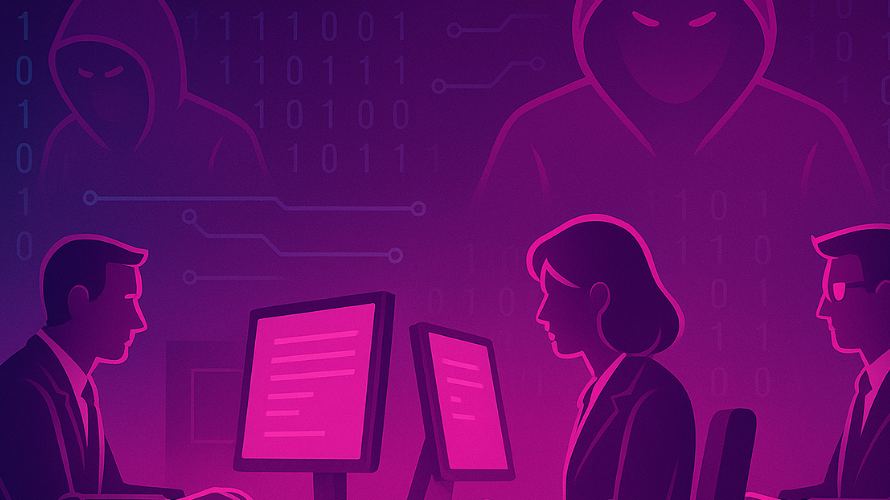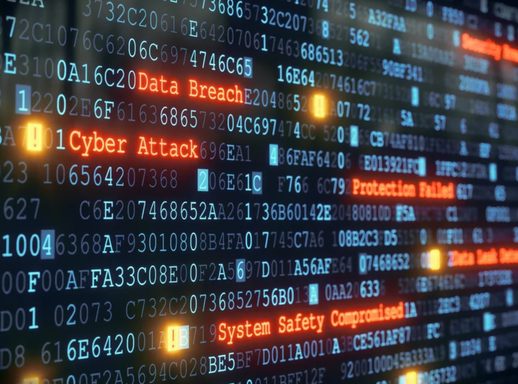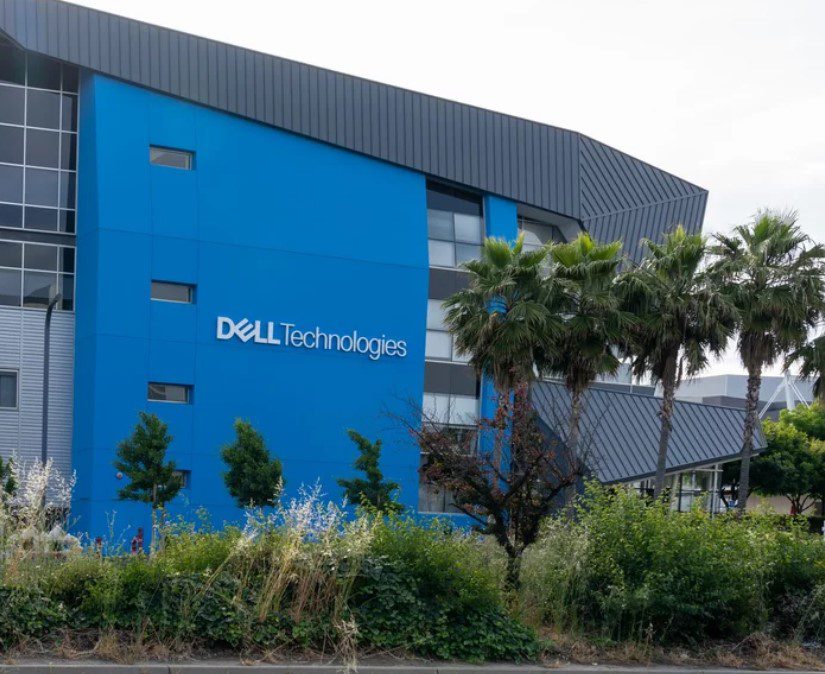
Cyberattacks on small and mid-sized businesses (SMBs) in Canada have surged in cost and frequency. Single tools—like antivirus or a firewall—no longer cut it. The safest path is a multilayered cybersecurity strategy that stacks seven practical layers: Human, Perimeter, Network, Application, Endpoint, Data, and Assets. Together, they reduce the likelihood of a breach, limit the blast radius when incidents occur, and speed up recovery so your business can keep operating.
This guide explains each layer in business terms: why it matters, key risks, what “good” looks like, and action steps with owners and timelines. You’ll also see how these layers align with Zero Trust (never trust, always verify) and industry frameworks like MITRE ATT&CK and the Cyber Kill Chain. The goal: a pragmatic roadmap you can start this quarter—without enterprise headcount or budget.
Why multilayer security matters to SMBs
Attackers rarely rely on one trick. A typical breach chains several weaknesses together—for example, a phishing email that steals a password, which unlocks remote access, which enables lateral movement across a flat network, which culminates in data theft or ransomware. When you strengthen multiple layers, you break that chain at several points and force attackers to work much harder, often loudly enough that your monitoring tools can spot them in time.
Customers, partners, and insurers increasingly expect proof of baseline controls. Many cyber insurance questionnaires now ask for multi-factor authentication (MFA), immutable backups, endpoint monitoring, and an incident response plan. A multilayer approach makes audits and renewals easier because the evidence is baked into how you operate. Most importantly, when incidents do happen—and they will—layers like segmentation, EDR/MDR, and tested backups keep you from prolonged downtime that would otherwise stall sales and erode trust.
FAQ:
Isn’t a good antivirus enough?
Antivirus catches known malicious files, but modern attackers often log in with stolen credentials, abuse native tools, and operate inside cloud applications where traditional tools have little visibility. Layers like MFA, EDR/MDR, network segmentation, and tested backups close those gaps and limit damage when prevention fails.
We’re small—are we really a target?
Size does not shield you. Automated scans sweep the internet for exposed services and weak passwords, and supply-chain attacks target partners of all sizes. Canadian SMBs hold valuable credentials and data and are often connected to larger enterprises, making them attractive stepping stones.
Where should we start if budget is tight?
Focus on four controls with the best risk-reduction per dollar: turn on MFA everywhere you can, deploy EDR with 24×7 monitoring, validate that your backups are immutable and restorable, and run practical phishing training with a simple reporting path. Those moves disrupt the majority of real-world attacks we see.
How do we measure progress?
Choose a handful of metrics and report them monthly: phishing-click rate, MFA coverage, EDR coverage, patch compliance for critical updates, mean time to isolate a host, and backup restore test status. When these trend the right way, your risk is coming down.
Do we need Zero Trust?
Zero Trust is a practical mindset more than a product. Verify identity and device health every time, grant only the access required for the task, and segment by default. You can implement it incrementally using the seven layers outlined here.
What about cyber insurance?
Most insurers now require evidence of MFA, endpoint monitoring, immutable backups, and a documented incident response plan. This guide maps directly to those expectations and helps you prepare for questionnaires and renewals.
How often should we test incident response?
A quarterly one-hour tabletop is enough to surface gaps in communication, technical steps, and decision-making. Involve IT, finance, communications, and leadership, and rotate scenarios such as wire-fraud, ransomware, and data leakage.

1) Human layer — turn people into a human firewall
Definition. The human layer is everyone who can affect your security posture: employees, executives, contractors, and even key suppliers with access. It’s the front door for social engineering—email phishing, SMS smishing, MFA fatigue prompts, and increasingly, believable deepfake voice or video used to pressure finance teams and executives.
Why it matters. The majority of successful attacks begin with a human interaction, not a technical exploit. When people recognize and report suspicious activity quickly, your team can investigate before credentials are abused or wire transfers are misdirected. Strong habits—using a password manager, enabling MFA, and verifying requests via a second channel—reduce the likelihood that a single mistake turns into a business-stopping event.
Common risks in SMBs. We routinely see password reuse across work and personal accounts, MFA missing on email and remote access, and an “executive exception” culture where leaders are spared controls for convenience. Finance and HR staff are frequent targets for gift-card scams and fraudulent invoice changes, and many organizations lack a simple, well-known way to report suspicious messages, so potential incidents go unreported until damage is done.
What good looks like. An effective human layer blends frequent, bite-sized awareness training with realistic phishing simulations that teach rather than shame. MFA is enforced everywhere it can be—email, VPN or Zero Trust Network Access (ZTNA), Microsoft 365 or Google Workspace, finance systems, and remote administration. Policies are written in plain English and kept short, covering acceptable use, remote work, BYOD (bring your own device), and incident reporting. Helpful prompts are built into the flow of work, such as “External sender” banners and in-app nudges from the password manager, so security is a default, not an afterthought.
Action steps, owners, and timeline. In the first 30 days, have HR and IT jointly roll out a password manager, enable MFA on email and remote access, and add a visible “Report Phish” button to your mail client. In the 30-to-60-day window, launch short quarterly training and monthly phishing simulations, and document a sanctions policy that is fair and clear. By 60-to-90 days, include an executive-level briefing on deepfakes and payment fraud and run a tabletop exercise that walks finance, legal, and IT through a wire-fraud scenario from detection to recovery.
Metrics that matter. Track your phishing-click rate and aim to drive it below five percent over time, measure MFA coverage and push it to near-universal adoption, and watch the average time between a suspicious email being received and reported—fifteen minutes or less is a strong sign the human layer is working.
2) Perimeter layer — the walls and drawbridges
Definition. The perimeter layer encompasses the controls that separate your internal environment from the public internet and partner networks. It includes firewalls, intrusion prevention, secure remote access, and protective services that sit in front of public-facing applications.
Why it matters. Most automated attacks start by scanning the internet for exposed services, weak passwords, and unpatched systems. A well-configured perimeter blocks known-bad traffic, forces strong authentication for remote users, and funnels all access through monitored chokepoints where it’s easier to detect and stop abuse. The perimeter won’t stop every modern threat, but it removes the low-hanging fruit and buys your defenders time.
Common risks in SMBs. Exposed Remote Desktop Protocol (RDP) remains a recurring problem because it’s convenient and often left unguarded. Older firewalls are frequently configured with broad “allow any” rules that made sense during a migration but were never tightened. Legacy VPNs without MFA or device posture checks let compromised credentials walk straight into the network. And administrative interfaces for routers, firewalls, and web apps are sometimes left reachable from the internet for “quick” support access.
What good looks like. A modern perimeter relies on next-generation firewalls (NGFW) with intrusion prevention, application-aware filtering, and geo-IP blocking for regions you don’t serve. Remote access is brokered through ZTNA or a hardened VPN that always requires MFA and checks device health before granting entry. Web-facing applications sit behind a web application firewall (WAF), and all perimeter logs flow to a central SIEM or XDR platform so your security operations centre (SOC) can spot patterns quickly. Changes to rules follow a simple, documented process and are reviewed quarterly.
Action steps, owners, and timeline. Task your network lead or MSP, sponsored by operations leadership, to close public RDP and restrict all admin interfaces to internal addresses within the first 30 days. At the same time, enforce MFA on your VPN and enable IPS signatures on the firewall. Over the next 30 to 60 days, deploy ZTNA or harden your existing VPN with device posture checks, create distinct access profiles for partners, and send all perimeter events to your SIEM. By 60 to 90 days, add geo-blocking for non-served regions, tune rules for least privilege, and place public apps behind a WAF with basic bot and DDoS protections turned on.
Metrics that matter. Count how many public-facing services you have and ensure the list matches reality; unexpected exposures should trend toward zero. Verify that 100 percent of remote sessions use MFA and a compliant device. Track the time from a malicious IP first hitting your perimeter to being blocked; best-in-class programmes measure this in seconds thanks to automated threat feeds and policies.
3) Network layer — visibility and segmentation inside the walls
Definition. The network layer covers the pathways inside your environment—switches, routers, and wireless networks—that carry data between servers, endpoints, and cloud gateways. It’s where segmentation and internal monitoring either contain a breach or let it spread.
Why it matters. Once an attacker gets a foothold, the ease with which they can move laterally determines how bad the day will be. Proper network segmentation makes it difficult to wander from a compromised laptop to a finance server or from guest Wi-Fi into your line-of-business systems. Encrypting administrative protocols and watching east-west traffic help you detect abnormal movement before ransomware can detonate widely.
Common risks in SMBs. Many SMBs run a flat network where everything lives on the same VLAN, making it trivial for malware to move between departments. Shared Wi-Fi passwords proliferate over time and rarely change, placing unknown devices on production networks. Legacy protocols such as SMBv1 and Telnet remain enabled because “they still work,” creating soft targets for attackers who favour old but reliable techniques.
What good looks like. A well-designed network separates traffic by business function and sensitivity—finance, servers, endpoints, OT/IoT, and guest—then blocks inter-VLAN access by default, allowing only the specific ports and protocols that a workflow requires. Administrative access uses encrypted protocols like SSH and TLS 1.2+ exclusively, and a lightweight Network Access Control (NAC) or Wi-Fi posture check ensures that only compliant devices connect. Internal intrusion detection and behavioural analytics watch east-west traffic for unusual connections, which are triaged by your SOC.
Action steps, owners, and timeline. In the first month, split guest Wi-Fi onto its own network, disable legacy protocols, and rotate any shared Wi-Fi passphrases. During days 30 to 60, create VLANs for servers, finance, and endpoints, then implement least-privilege rules between them so only required traffic is permitted. From 60 to 90 days, add NAC or MAC-based controls to further limit access, deploy internal IDS/IPS sensors, and send those logs to your SIEM while you baseline normal internal traffic.
Metrics that matter. Track the number of distinct segments and compare them to your business functions; most SMBs should see at least four. Measure what percentage of internal administrative traffic is encrypted and work towards full coverage. Finally, monitor and investigate any blocked lateral-movement attempts each month, aiming to see them earlier and remediate faster over time.
4) Application layer — secure the software you use and build
Definition. The application layer encompasses cloud applications (SaaS), on-premises line-of-business systems, and any custom software or websites you maintain. In modern environments, it also includes APIs and integrations that quietly move data between systems.
Why it matters. Attackers increasingly target the application layer through account takeover, misconfiguration, and supply-chain weaknesses. Over-permissioned roles, stale user accounts, and unsecured APIs create silent pathways to sensitive data. If your business builds software, vulnerable dependencies and poor secrets hygiene can introduce risks long before code reaches production.
Common risks in SMBs. We frequently find that MFA is enabled in some apps but not others, and that single sign-on (SSO) has not been extended to finance, HR, or CRM tools. SaaS roles often start broad to “get things working” and never get tightened. Shadow IT appears whenever teams adopt tools without IT’s visibility, and API keys or credentials sometimes end up stored in code repositories or shared documents. For self-hosted web apps, common issues like SQL injection and cross-site scripting linger without regular testing.
What good looks like. Mature application security puts SSO and MFA in front of every critical SaaS platform and conducts quarterly access reviews to right-size privileges. Data loss prevention (DLP) policies are turned on in email and cloud storage to prevent accidental leakage. If you build or customize software, a secure software development life cycle (SDLC) includes static and dynamic testing, dependency and container scanning, and an explicit process to keep secrets out of code. A SaaS Security Posture Management (SSPM) tool helps catch misconfigurations across cloud apps before attackers do.
Action steps, owners, and timeline. In the first 30 days, enable MFA and SSO for Microsoft 365 or Google Workspace and any finance or CRM systems, then remove unused accounts discovered along the way. Over the next 30 to 60 days, formalize quarterly access reviews, turn on DLP policies for email and cloud file shares, and scan your repositories for exposed credentials, rotating anything you find. By the 60-to-90-day mark, add SAST/DAST to your CI/CD pipeline if you develop software, adopt SSPM to monitor SaaS posture, and publish a concise secure coding standard your teams can realistically follow.
Metrics that matter. Aim for one hundred percent of critical applications behind SSO and MFA, and measure the reduction in excessive permissions after each review cycle. Track the time to fix high-severity application findings and drive it below thirty days, with emergency windows for critical issues that warrant immediate attention.
5) Endpoint layer — laptops, desktops, mobiles, and servers
Definition. The endpoint layer includes every device that touches your business—from employee laptops and smartphones to your on-premises servers and cloud VMs. It’s the surface where attackers often land first and the place where rapid detection and containment pay off.
Why it matters. Most malware infections and hands-on-keyboard intrusions begin at an endpoint. Strong controls here, combined with around-the-clock monitoring, dramatically reduce the time an attacker has to escalate privileges, move laterally, or deploy ransomware. Consistent patching and configuration hardening mean fewer exploitable gaps, and whole-disk encryption ensures a lost laptop doesn’t turn into a data breach.
Common risks in SMBs. Devices frequently fall behind on operating system and third-party patches because updating them disrupts work. Many users retain local admin rights for convenience, which turns simple phishing into full compromise. Traditional antivirus runs quietly in the background but is not actively monitored, so detections may go unnoticed for days. BYOD smartphones often connect to corporate resources without any controls, and some laptops remain unencrypted due to legacy practices.
What good looks like. Modern endpoint protection starts with Endpoint Detection and Response (EDR) capable of spotting suspicious behaviour and, ideally, a Managed Detection and Response (MDR) service watching 24/7. Patch management is centralized and measured, with critical updates landing inside two weeks. Disk encryption is enabled by default with keys escrowed safely, and a mobile device management (MDM) platform enforces basic hygiene like screen locks and remote wipe on smartphones. Least-privilege is the norm—users sign in with standard accounts, and administrators use separate, protected credentials only when needed.
Action steps, owners, and timeline. In the first 30 days, deploy EDR to all supported devices, enable full-disk encryption across the fleet, and remove local admin rights from everyday user accounts. During days 30 to 60, stand up centralized patching for operating systems and common apps, enroll mobile devices into MDM with pragmatic policies, and push a baseline hardening profile aligned to CIS or comparable guidance. Over the following 30 days, add application allow-listing for high-risk or high-privilege roles and automate isolation playbooks so your SOC can quarantine a compromised device with a single click.
Metrics that matter. Watch your EDR coverage and keep it above ninety-eight percent, measure patch compliance for critical vulnerabilities and maintain it above ninety-five percent within fourteen days, and test the time it takes to isolate a compromised endpoint—five minutes or less is a realistic and valuable target.
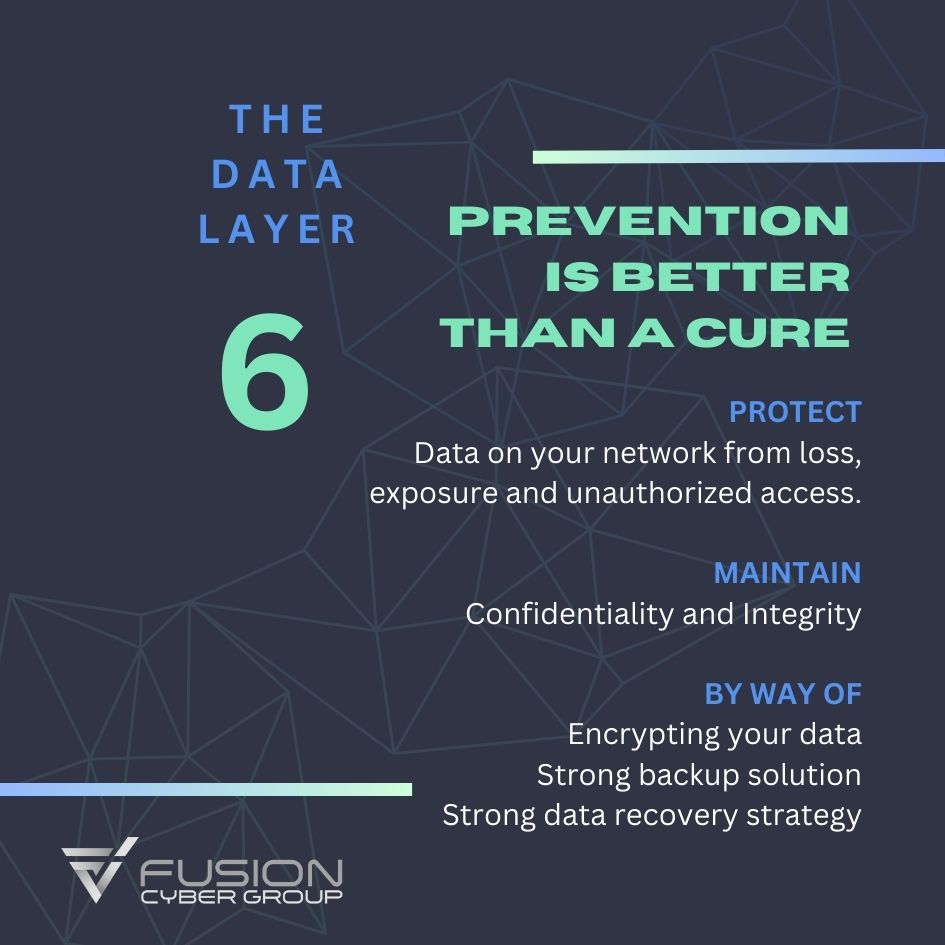
6) Data layer — protect the information itself
Definition. The data layer focuses on sensitive information wherever it lives: in files and databases at rest, in backups, and while moving through email, APIs, and file-sharing tools. It’s the layer that directly affects legal exposure, customer trust, and business continuity.
Why it matters. Even if attackers gain access to systems, strong protection at the data layer can make stolen files unreadable and keep the business running. Encryption at rest and in transit reduces the harm of exposure, while reliable, regularly tested backups allow you to restore quickly after a ransomware event. Data governance also clarifies who owns what information and who is allowed to use or share it.
Common risks in SMBs. We often encounter wide-open file shares where “Everyone” has access to sensitive folders because the structure grew organically. Backups are sometimes joined to the domain and accessible to the same accounts ransomware will compromise, making them easy to encrypt. Sensitive files drift into personal cloud drives or email threads, and very few teams have an agreed-upon classification scheme that labels what is public, internal, confidential, or regulated.
What good looks like. An effective data layer starts with simple classification that everyone can understand, then enforces encryption at rest for servers and devices and TLS for data in motion. DLP policies flag or block risky behaviour in email and cloud storage, and backup architecture follows the 3-2-1 rule—three copies, two different media, one offsite or immutable—paired with scheduled restore tests. Access is role-based and periodically reviewed, with broad “Everyone” permissions eliminated. Retention and legal hold policies reflect Canadian privacy requirements and the specific needs of your industry.
Action steps, owners, and timeline. In the first month, identify your ten most sensitive data repositories and enable encryption and DLP alerts where they live, while ensuring backups are separated from domain authentication. Conduct a live restore test to prove that recovery actually works. Over the next 30 to 60 days, restructure file-share permissions so access matches job roles and remove blanket “Everyone” entries, then add an immutable or offline backup tier that ransomware cannot modify. In the 60-to-90-day window, roll out clear classification tags in your collaboration tools, automate retention policies for common record types, and schedule quarterly restore drills so the process becomes muscle memory.
Metrics that matter. Track what percentage of critical data sources have encryption enabled and drive it to full coverage. Count how many open “Everyone” shares remain and work toward zero. Document each successful restore exercise and confirm that your recovery point objective (RPO) and recovery time objective (RTO) meet business expectations.
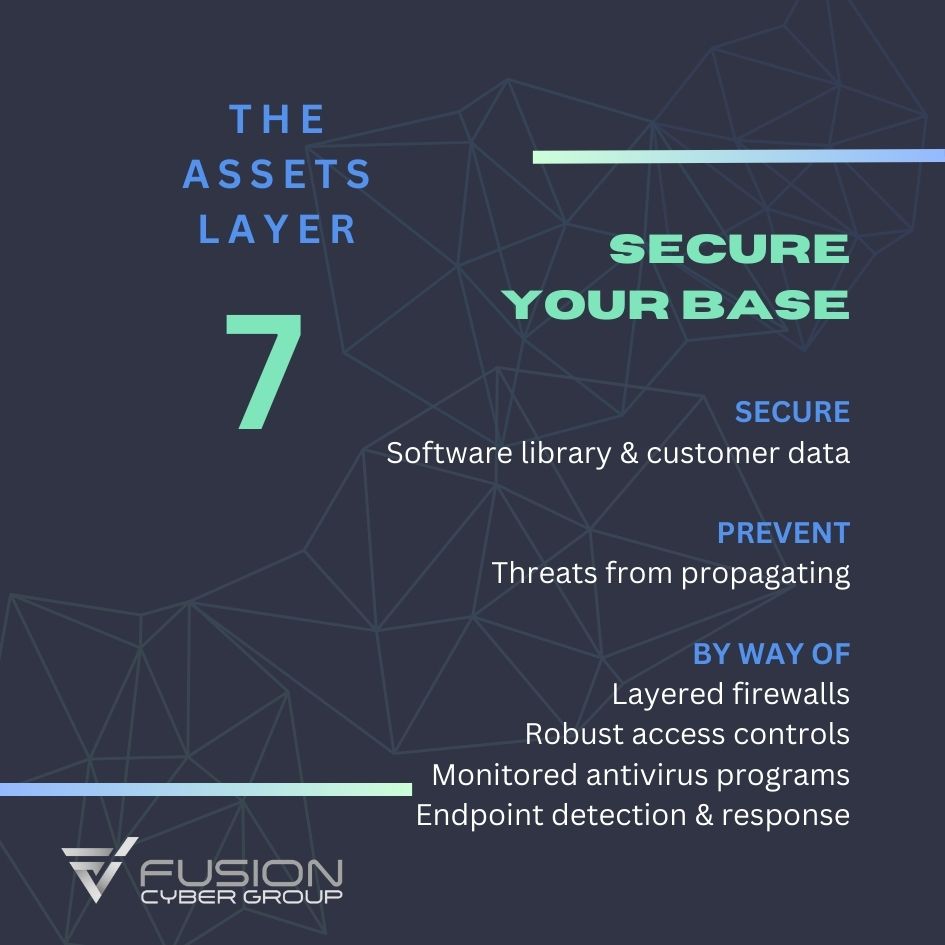
7) Assets layer — know what you have, keep it secure
Definition. The assets layer is the inventory of everything you rely on: laptops, servers, network gear, cloud resources, software licences, privileged accounts, and critical third-party services. It’s the foundation that lets you patch, harden, and respond with confidence.
Why it matters. You cannot defend what you don’t know exists. Accurate, continuously updated inventories let you spot outliers, prioritize patching, and catch end-of-life systems before they become liabilities. During incidents, a clean asset picture helps responders find affected systems quickly, contain exposure, and communicate clearly with stakeholders.
Common risks in SMBs. Shadow IT creeps in whenever someone spins up a cloud subscription or installs software without telling IT, and those assets can remain unmanaged for years. Service and admin accounts multiply with unclear ownership, and old operating systems linger because they power a niche device no one wants to replace. Across all of this, spreadsheets attempt to keep pace but naturally fall behind reality.
What good looks like. A strong assets layer uses automated discovery tools to enumerate hardware, software, and cloud resources continuously and reconcile them against finance and procurement records. Configuration baselines aligned to CIS or vendor best practices are defined and monitored so drift is caught and corrected. Devices and services follow a lifecycle from request to retirement, including secure wiping and documented disposal. Key vendors are tiered by risk, and access for third parties is gated with SSO and MFA just like employee access.
Action steps, owners, and timeline. In the first 30 days, enable automated discovery across on-premises networks and cloud platforms, then reconcile the results with your finance inventory to resolve mismatches and assign named owners to critical assets. Over days 30 to 60, define configuration baselines for your main asset classes, turn on drift detection, and plan to remove or isolate unsupported operating systems. By the 60-to-90-day mark, formalize vendor risk tiers, require SSO and MFA for third-party access, and standardize secure disposal processes so retired gear doesn’t become a data leak.
Metrics that matter. Measure the percentage of assets discovered compared to what you expect and drive it above ninety-eight percent. Reduce the count of end-of-life systems to zero or isolate them with compensating controls if replacement is not immediately feasible. Track completion of annual risk reviews for your most critical suppliers and verify that their access follows the same strong authentication standards you expect internally.
Our Cybersecurity Guarantee
“At Fusion Cyber Group, we align our interests with yours.“
Unlike many providers who profit from lengthy, expensive breach clean-ups, our goal is simple: stop threats before they start and stand with you if one ever gets through.
That’s why we offer a cybersecurity guarantee: in the very unlikely event that a breach gets through our multi-layered, 24/7 monitored defenses, we will handle all:
threat containment,
incident response,
remediation,
eradication,
and business recovery—at no cost to you.
Ready to strengthen your cybersecurity defenses? Contact us today for your FREE network assessment and take the first step towards safeguarding your business from cyber threats!








